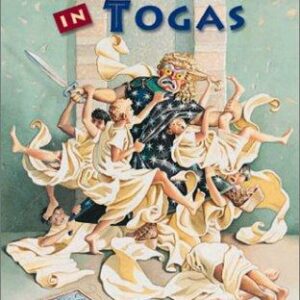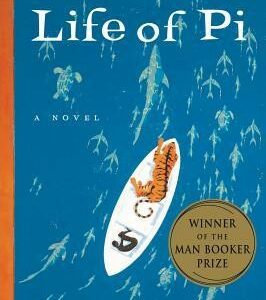American Unitarian Churches
$34.95
| Title | Range | Discount |
|---|---|---|
| Trade Discount | 5 + | 25% |
- Description
- Additional information
Description
The Unitarian religious tradition was a product of the same eighteenth-century democratic ideals that fueled the American Revolution and informed the founding of the United States. Its liberal humanistic principles influenced institutions such as Harvard University and philosophical movements like Transcendentalism. Yet, its role in the history of American architecture is little known and studied.
In American Unitarian Churches, Ann Marie Borys argues that the progressive values and identity of the Unitarian religion are intimately intertwined with ideals of American democracy and visibly expressed in the architecture of its churches. Over time, church architecture has continued to evolve in response to developments within the faith, and many contemporary projects are built to serve religious, practical, and civic functions simultaneously. Focusing primarily on churches of the nineteenth and twentieth centuries, including Frank Lloyd Wright’s Unity Temple and Louis Kahn’s First Unitarian Church, Borys explores building histories, biographies of leaders, and broader sociohistorical contexts. As this essential study makes clear, to examine Unitarianism through its churches is to see American architecture anew, and to find an authentic architectural expression of American democratic identity.
In American Unitarian Churches, Ann Marie Borys argues that the progressive values and identity of the Unitarian religion are intimately intertwined with ideals of American democracy and visibly expressed in the architecture of its churches. Over time, church architecture has continued to evolve in response to developments within the faith, and many contemporary projects are built to serve religious, practical, and civic functions simultaneously. Focusing primarily on churches of the nineteenth and twentieth centuries, including Frank Lloyd Wright’s Unity Temple and Louis Kahn’s First Unitarian Church, Borys explores building histories, biographies of leaders, and broader sociohistorical contexts. As this essential study makes clear, to examine Unitarianism through its churches is to see American architecture anew, and to find an authentic architectural expression of American democratic identity.
“An ambitious work, written in a lively and accessible style, that traces the development of American Unitarian architecture across three centuries, illuminating its relationship to the nation’s founding principles. This is a story not well known but essential to the American experience.”—J. Michael Desmond, author of The Architecture of LSU“With excellent scholarship, Borys documents the physical presence of faith in both well-known and less familiar buildings and examines their significance beyond the local congregation. American Unitarian Churches is a significant and intriguing contribution to both architectural and Unitarian church history.”—Andrea Greenwood, coauthor of An Introduction to the Unitarian and Universalist Traditions
ANN MARIE BORYS is associate professor of architecture at the University of Washington.
Additional information
| Dimensions | 1 × 7 × 9 in |
|---|








